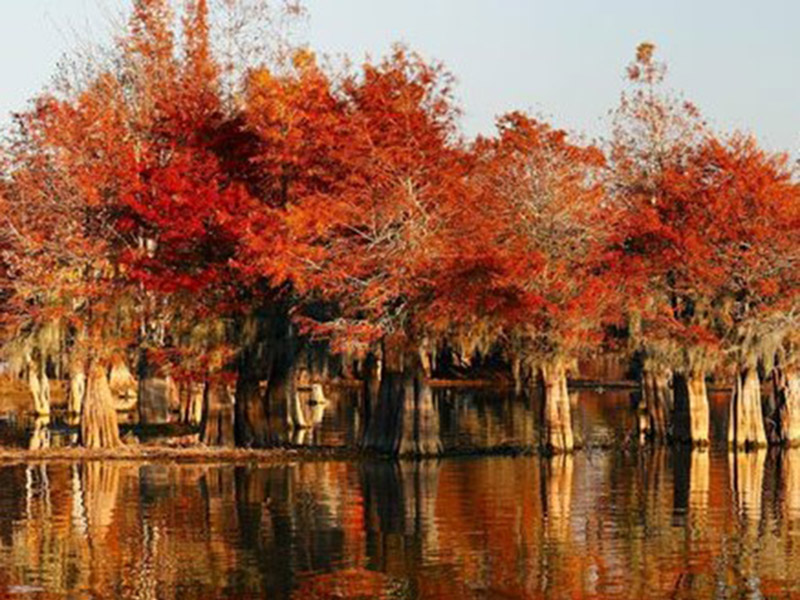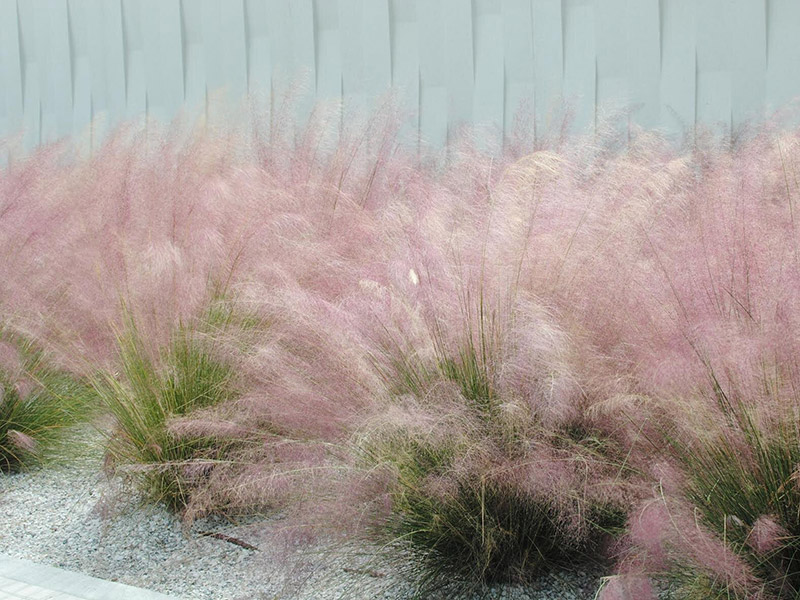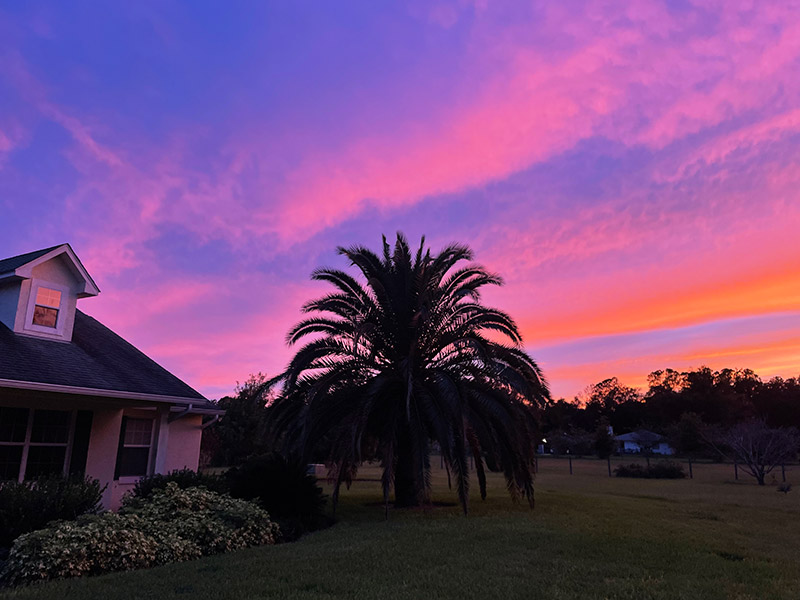Winter Foliage Color in our Florida Landscape - Sit Down with CEPRA
When people think of foliage color, they usually picture vivid oranges, deep reds and bight yellows that blanket our more northern landscapes. However, if you're in Florida, the arrival of these colors looks a bit different. The Sunshine State has a unique climate and a blend of subtropical and tropical plant species, which results in a distinctive color display. While the seasonal transformation in Florida may be subtler than more temperate regions, there are still beautiful displays of color to enjoy and changes in the landscape that mark its onset.
Since cool, crisp evenings are necessary to help trigger the onset of the leaf color change, in Florida this doesn't even really kick into gear until the leaves up north have already peaked and fallen to the ground. These color changes in the Florida tree canopy are caused by a biochemical process in the leaves that is triggered by shorter days and longer nights. As the days get shorter, chlorophyll production slows and eventually stops, exposing the other pigments in the leaves that give them their winter color.
Limited Tree Color Changes
Unlike in northern states, Florida's dominant trees are mostly evergreen, such as Oaks, Pines, Magnolias and Cedars. These trees stay green year around and do not go through the same color changes as northern hardwood trees. However, some native trees and shrubs do offer a splash of color to the landscape:
- Sweetgum (Liquidambar styraciflua) This tree can bring shades of yellow, orange, red and purple, especially in North and Central Florida where temperatures drop a bit more than the southern part of the state. The sweetgum's star-shaped leaves create a classic look when they change color.
- Red Maple (Acer rubrum) Found primarily Central and Northern Florida; red maples contribute to the landscape's beauty with their striking red leaves. The reds are often the brightest in areas with cool nights and warm days.
- Bald Cypress (Taxodium distichum) This deciduous conifer changes its feathery leaves from a soft green to a deep shade of gold or coppery bronze. These trees are especially found in Florida's wetlands, swamps and rivers, where the trees line the water.
- Crepe Myrtles (Lagerstroemia indica) Found throughout the state, this is a deciduous tree that the foliage can turn from green to brilliant shades of yellow, orange and red in the late fall and early winter.
- Turkey Oak (Quercus laevis) Turkey oaks are a deciduous tree that grow wild in dry, sandy areas throughout Florida. The Turkey oaks feature foliage that has a classic oak-leaf shape and provides bright red foliage in the winter.

Sweetgum

Crepe

Bald

Turkey Oak
Colorful Wildflowers and Blooming Plants
While our tree foliage is limited, blooming wildflowers and shrubs are abundant in Florida. Wildflowers and shrubs add color to the landscape and create a unique foliage experience. Here are a few examples of what plants you need to keep an eye out for some exciting color in our Florida Landscape.
- Goldenrod (Solidago spp.) Goldenrod brings bright yellow flowers that brighten roadsides and fields. This wildflower is often wrongly blamed for seasonal allergies (ragweed is usually the culprit) and is a valuable source of late-season nectar for pollinators.
- Sunflowers (Helianthus spp.) Native sunflowers bloom throughout the state lighting up fields and roadsides with their cheerful yellow blooms.
- Muhly Grass (Muhlenbergia capillaris) One of the most celebrated bloomers in Florida, muhly grass produces a feathery pink-purple cloud of flowers. It's a common ornamental grass in gardens and along state highways and provides a soft, vibrant color that adds depth to the landscape.
- Beautyberry (Callicarpa americana) This Florida native can be found in flatwoods and hammocks but thanks to birds it has spread near and far. This is a dazzling plant that attracts birds to your yard with its bright purple fruits.

Goldenrod

Beach Dune Sunflowers

Muhly

Beautyberry
Florida's daytime temperatures stay relatively warm, the cooler evenings and shorter days bring a noticeable change in the air. Sunsets tend to become more vibrant due to the changing humidity levels, creating pink, orange and purple skies that complement the subtle shifts in the landscape. This atmospheric change can evoke a sense of winter, even when the trees remain mostly green.

Vibrant
Conclusion
While Florida's winter season doesn't feature the dense color display found in northern states, it has its own distinct beauty that highlights the resilience of the state's plants and trees. From the red, oranges and yellows of our deciduous tree species to the blushes and purples of Muhly grass and Beautyberry, Florida offers unique winter experience and colors worth appreciating in the landscape.
